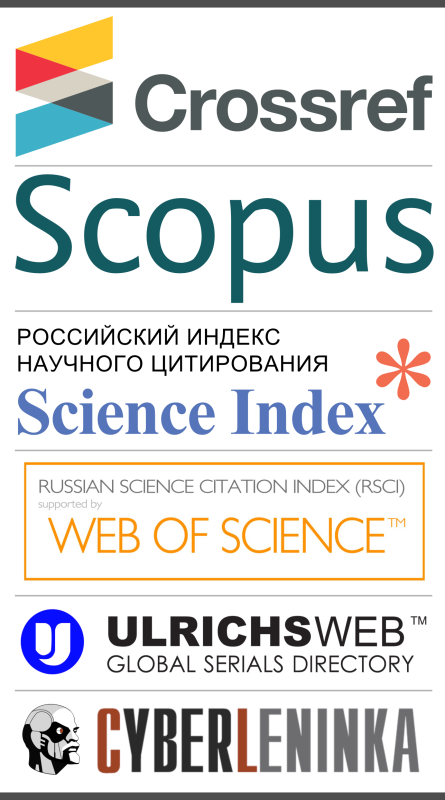Regional Differences in the Access of Russian School Students to Distance Learning in 2016-2022
Abstract
Distance learning is one of the most discussed educational technologies in the world. While some researchers suggest that distance education contributes to reducing socio-economic inequality, other works show its consequences in the form of increased segregation. However, during the COVID-19 pandemic, the transition to this form of education turned out to be an alternative to traditional education, despite all the disputes about its effectiveness and consequences.
The aim of this study is to analyze the regional differences in students’ access to distance learning in 20162022, carried out in the paradigm of N. Hillman’s Geography of Opportunities. Using the quasi-experimental method of interrupted time series, the dynamics of differences in the coverage of students with distance learning in 20162022 were estimated on the basis of regional statistical reporting forms. Then, using the Pearson correlation method, the relationship of students' access to distance learning with socio-economic and demographic characteristics of the regions was analyzed. Further, the fixed effects of the pandemic period on students’ access to distance learning in schools in different regions were evaluated. The obtained results allow us to apply the concept of the geography of opportunities to the Russian context and confirm N. Hillman’s thesis about the existence of educational «deserts», where the educational opportunities of students are largely explained by a less prosperous context. The COVID-19 pandemic has served as a catalyst for the growth of existing differences. At the time of the lockdown in 2020, the readiness of schools to switch to distance learning varied greatly depending on the subject of the Russian Federation. In the most advantageous position were the regions described as educational «oases», where the growth of students’ access to distance learning was maximal during the pandemic. At the same time, some growth of this indicator in the regions that we describe as educational «deserts» was insufficient to reduce inequality. Thus, the application of the concept of the geography of opportunities to the Russian context highlights the potential of a decentralized system to reduce social inequality.













